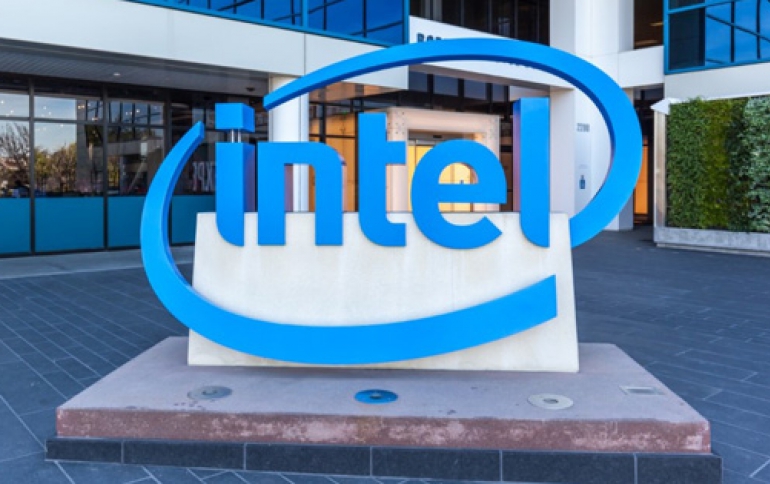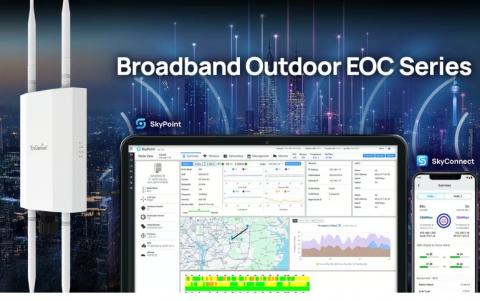
Intel to Deliver Narrow-Band LTE IoT Products Next Year
Intel, Ericsson and Nokia are working together on Narrow-Band Long-Term Evolution (NB-LTE), a new technology for the Internet of Things (IoT) market segment. NB-LTE is an optimized variant of the widely deployed 4G LTE technology that uses a small amount of radio spectrum to efficiently carry small amounts of data. It is well-suited for the IoT market segment because of its low implementation cost, ease of use and power efficiency. Intel plans to work with Ericsson and Nokia to develop and bring to market the products needed for the commercialization of NB-LTE timed with market demand.
Intel intends to support commercial rollout of the technology with a roadmap for NB-LTE chipsets and product upgrades beginning in 2016 that will enable slim form factors. Nokia and Ericsson will provide the required network upgrades to support an extension of existing LTE networks with NB-LTE optimized for low-power machine-to-machine communication.
"We are excited to collaborate with two leading network vendors, Ericsson and Nokia, on the next wave of wireless innovation to connect the growing IoT market segment, and to further grow the momentum for Intel's LTE portfolio and roadmap with NB-LTE," said Stefan Wolff, vice president, Platform Engineering Group and general manager of the Multi-Comms Business Unit, Intel.
Many IoT devices still use 2G cellular networks, which carriers are gradually winding down. NB-LTE is one way to bring those clients, and many more now emerging, onto the current generation of cells.
But there are other approaches to IoT both within and outside the LTE world. Huawei Technologies is promoting a system called Cellular IoT, the LoRa Alliance industry group backs an non-LTE technology that's been adopted by some carriers, and startup SigFox has deployed an LPWA system across France and is now going after the U.S. market.
Ingenu claims its system allows for longer battery life in connected devices than any other network. It's also faster than SigFox's technology and allows for two-way communication, the company says.
Ingenu's network, running on unlicensed spectrum, will top out at just 600Kbps downstream and 100Kbps upstream, a small fraction of what LTE delivers. But it's far faster than SigFox (about 500 bits per second in the U.S.) and will be able to serve more than 90 percent of IoT devices.
The network can cover as much as 200 square miles from one tower. That will make it faster and cheaper to build than a traditional cellular network.













